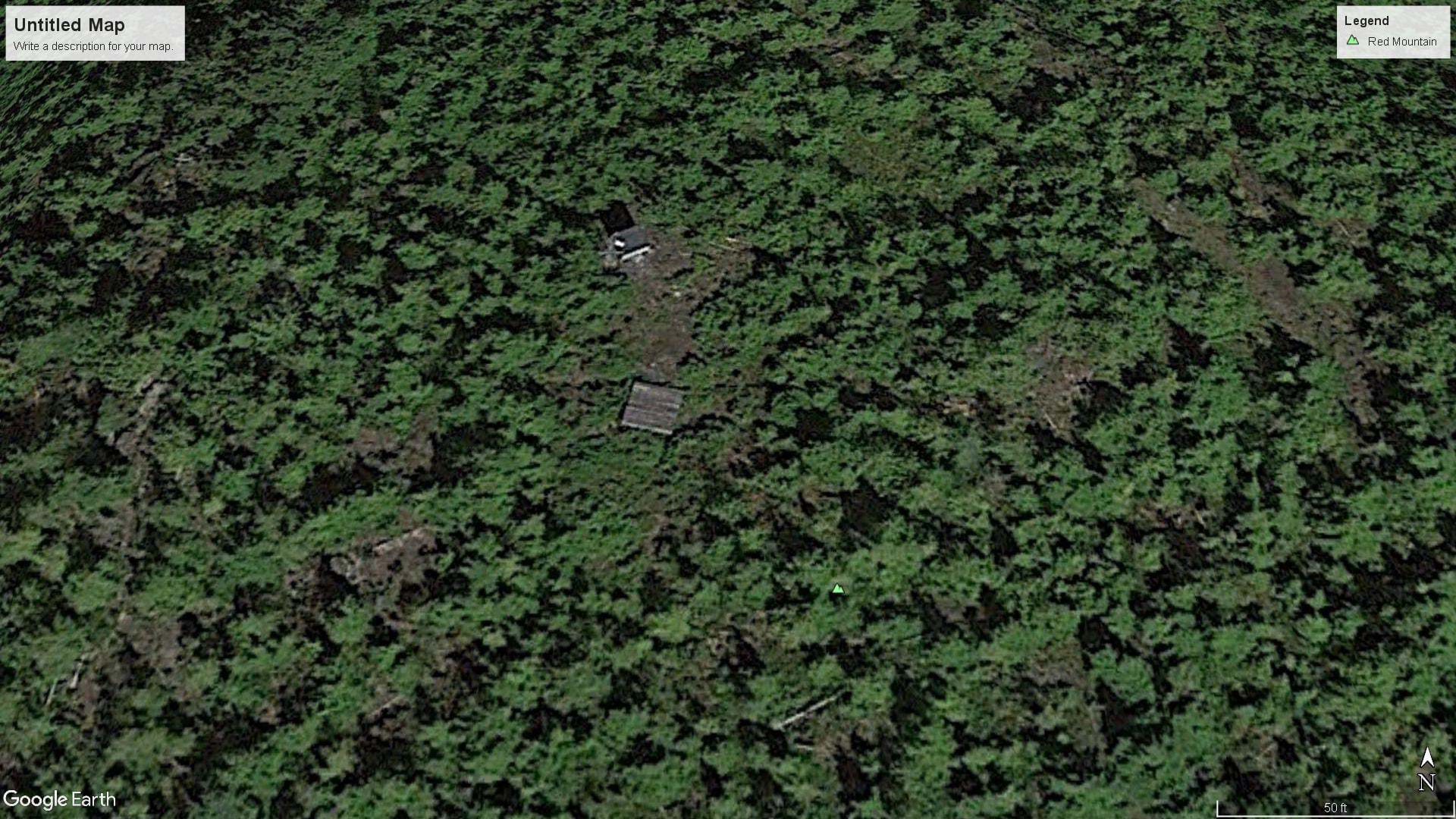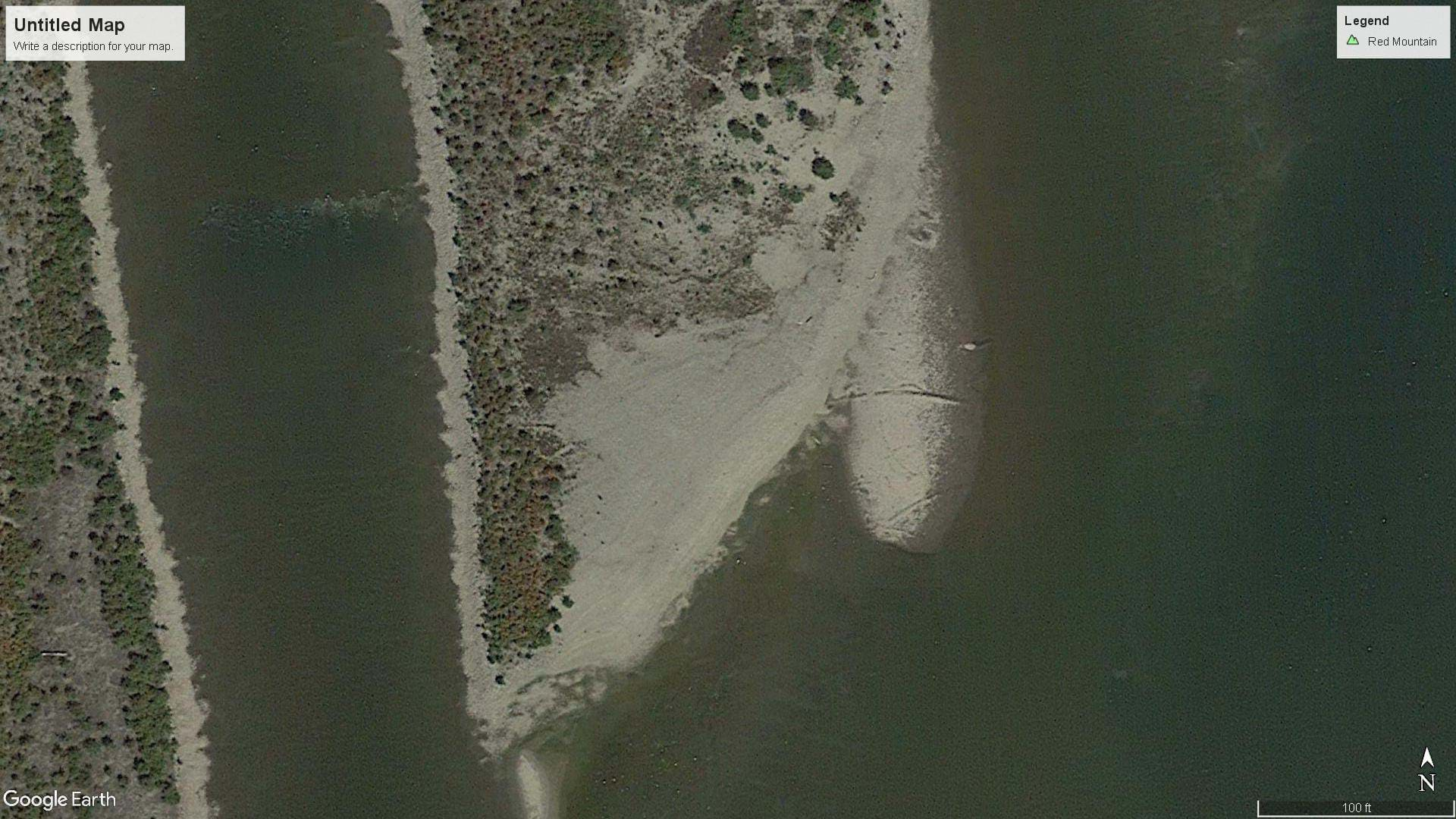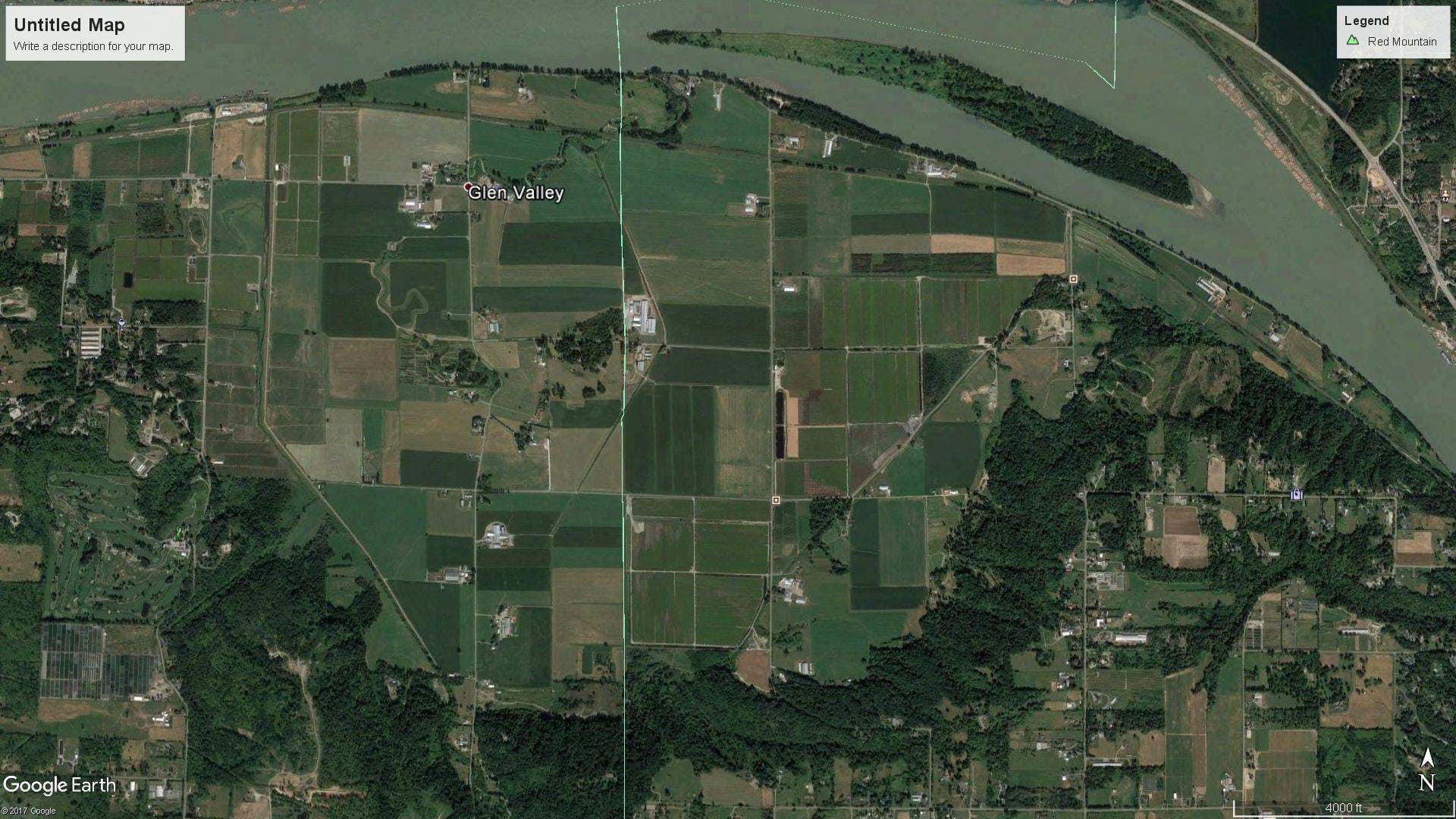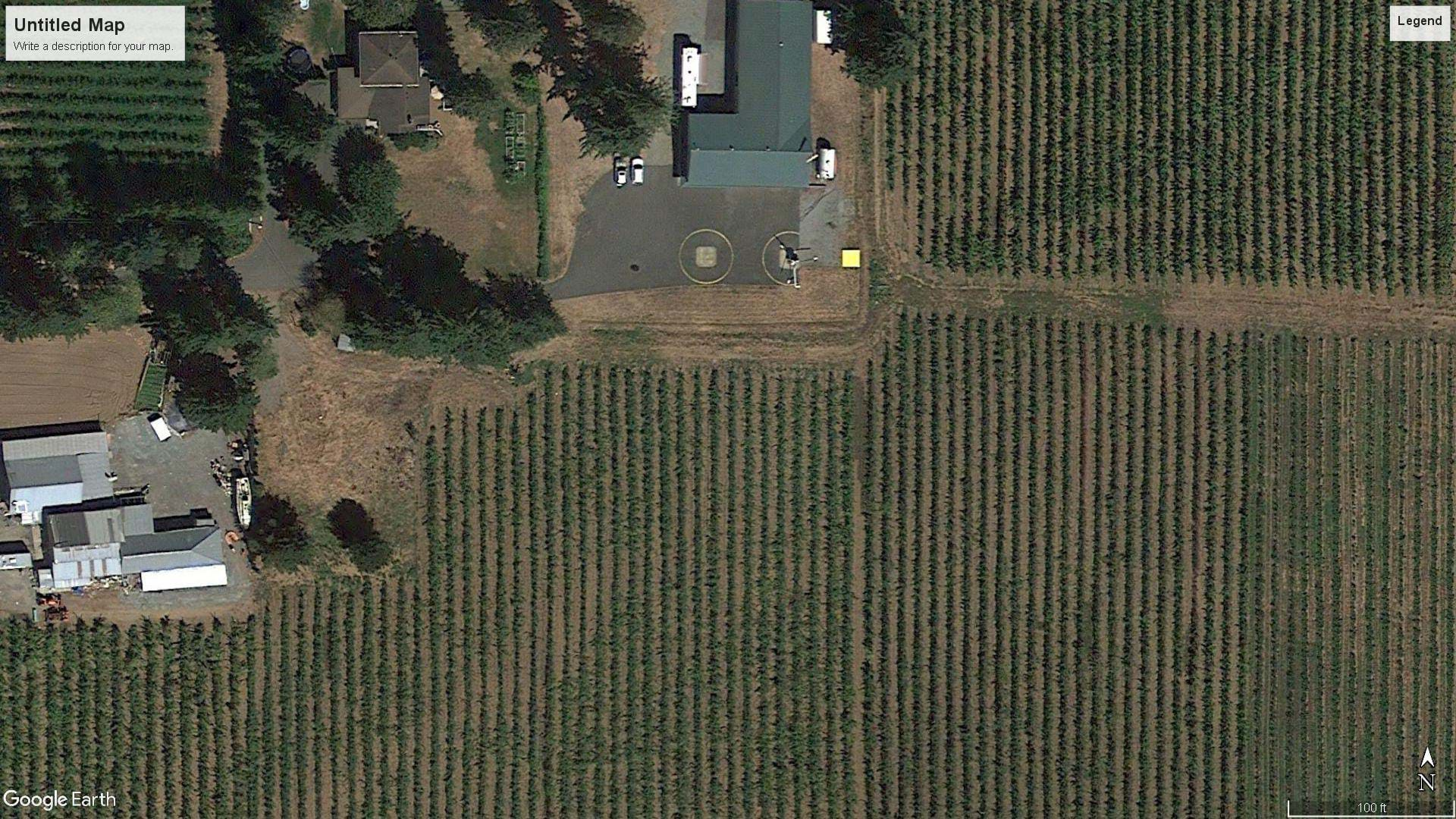Let me introduce myself first. My name is Karl Høybye and I run the YouTube channel “HappyCamper” where I fly helicopters and share my thoughts, mainly on X-Plane.
About 4 weeks ago I went to Canada on vacation and I took the opportunity to go flying in the beautiful mountains of British Columbia while I was there. I had for a long time been following a helicopter instructor by the name of “Pilot Yellow” on YouTube.
His name is Mischa and he makes vlogs showing his journeys as a helicopter pilot and instructor in British Columbia. After arranging a time and date I arrived at the airport for my first ever flight in the pilot seat of a real helicopter and I was thrilled to say the least.
The bird
The helicopter for the day was the Schweizer 300CBi which is a very small piston engine two-seater helicopter.
The Schweizer is a perfect training helicopter due to its low cost because of the simplicity and its great safety records. We dragged the little helicopter out of the hangar and placed it on the grass ready for departure.
The flight
After a quick safety brief, I climbed on in and buckled the seatbelt. Mischa handed me the checklist so I could follow along and went through the startup procedure. The small helicopter almost feels like a lawnmower when starting it but quickly the rotors start to spin incredibly fast.
We checked the emergency frequency for Abbotsford airport and then contacted the tower. They cleared us for the northwest VFR departure which as suggested by the name follows landmarks in a northwestern direction until out of the airspace.
After takeoff, Mischa handled the cyclic to me and we did some simple turns. After a few minutes, he hands over the collective and rudders to me too and we perform a few climbs and descends with the last one leading up to the top of an 1800-foot mountain known as Red Mountain. Here he takes back controls and brings the small helicopter in to an equally small helipad serving as the only access to a radio tower.
[caption id="attachment_5045" align="alignnone" width="750"] Landing spot[/caption]
Landing spot[/caption]
We quickly took off again and set course northwest bound towards a few mountains with open spots where the dense forest has been cleared by lumberjacks. With me at the controls he pointed at the end of a dirt road used by logging trucks during their operations in the hills.
He then told me to set up for an approach requiring a sharp 180-degree turn to avoid a hill. We descent through the turn, trying to stay coordinated. At about 50 knots and 200 feet above the landing spot Mischa takes back controls and shows exactly why helicopters are as awesome as they are.
In one simple, smooth movement he swoops the helicopter down in between the few trees that survived the lumberjacks and puts the helicopter down on the dirt road.
We then took off once again this time heading south back towards the airport following the right bank of a river. After passing over stave falls Mischa took controls once again and picked a spot on the ground followed. “Let’s do a power recovery auto down on to that beach” This got me quite excited since this maneuver always looks fun on video so of course it was going to be in real life.
Mischa lowered the collective and rolled the throttle off and within less than a second we were descending quickly towards the ground leaving the ears popping. He set up flying slightly left of the desired landing spot to better control the distance and not overshoot the spot.
At 200 feet, he did a sharp 60-degree turn right and started the flare as soon as the turn was complete. The throttle got rolled on again and the helicopter leveled out in a solid hover 5 feet above the middle of the beach which is roughly 90 by 150 feet.
[caption id="attachment_5046" align="alignnone" width="750"] Autorotation spot[/caption]
Autorotation spot[/caption]
As soon as we took off once again, I got the controls and we quickly arrived at Glen Valley which is a group of fields with very few houses that is used as a training location for helicopters not to congest the airport too much.
At this point Mischa said he was excited to see how I was going to hover since he was impressed with my flying just doing turns and climbs/descends. I kept the controls through the entire approach phase and I still have this mental image of the helicopter going along at 30 knots about 50 feet above the grass field but flying at an almost 90-degree left yaw. This was the point I experienced translational lift in real life.
[caption id="attachment_5044" align="alignnone" width="750"] Glenn Valley[/caption]
Glenn Valley[/caption]
It also very quickly became clear how muscle memory was so important. In my simulator setup, I have a throttle set up so when I pull it towards me it raises collective just like a real collective. My stick is also setup like a real stick except I twist my stick to yaw since I don’t have any pedals.
This meant that I had to actively think about what my legs had to do with the rudders every time I had to correct. That made the process very slow and when deaccelerating through translational lift where everything happens so fast I was always about a second late with my rudder input.
Despite the pedal challenges I brought the helicopter down in to a 10-foot hover above the field and as soon as I had the correct anti-torque input it was just a matter of balancing the helicopter with the stick just like in the simulator.
In many ways, it was easier to jump in a real-life helicopter and hover than when you get a new helicopter in the simulator and try to hover it for the first time.
After I had hovered for a few minutes we started doing some hover taxiing trying to stay at about walking pace. This was quite challenging since you had to change the collective in put every time your speed changed but the new collective input meant that more anti-torque was needed once again changing the input in the stick needed to counter the tail rotor trying to push the aircraft sideways.
All of this meant that my speed was very unstable and was sometimes running speed and sometimes a still hover.
After a few minutes of hover taxiing straight we did some sideways hover taxiing. First going left and then going right. This was just as challenging as going straight but you also had to look sideways to make sure you didn’t fly in to anything.
When the hover taxiing was under control I got the helicopter back in to a steady hover and I did my first landing. Slowly lowering the collective meant less torque which again meant I had to change the rudder input quite a lot. Therefore, my first landing was done yawing slightly to the left while the skids touched the ground.
The Schweizer’s tail rotor pushes air to the left side of the helicopter meaning the helicopter needs to be banked slightly left to counter the helicopter drifting to the right. We were also two people in the cockpit making the front of the helicopter heavier leaving it in a slight nose down attitude. This meant that you didn’t land with the skid’s level on the ground but instead the front of the left skid touched first followed by the rest of the skids.
At first this felt weird but when applying the appropriate amount of front and left cyclic as you are lowering the collective it feels more natural. After the exercises in the field we set up to depart the valley pointing south.
From the hover, I applied forward cyclic with a little bit of added collective to accelerate while staying low. At about 20 Knots of airspeed the helicopter pitched up and yawed to the left abruptly. I was expecting this from my simulation experience but the amount of force needed to push extra forward on the cyclic caught me of guard and we ended up climbing to about 100 feet at 30 knots which isn’t optimal.
After pushing through the translational lift everything went back to being smooth and coordinated. We headed south west towards a bunch of greenhouses that mark the start of the North-West VFR approach in to Abbotsford. We then followed the same road that we followed going out but this time of course just going the opposite direction.
Back to the ground
Mischa contacted the tower and they cleared us to pass over the control tower and runway 01/19 at 800 feet before descending further. With me still at all 3 controls and us passing over an arriving Beechcraft landing on the runway Mischa points out a warehouse building for me to head towards.
We started descending and just before getting to the warehouse we make a left-hand turn clearing some trees. I kept it at about 50 feet while passing over the berry fields leading up to BC-Helicopters Headquarters.
As I slowed the helicopter down through translational lift I once again struggled with the pedals but not so bad as the approach in to Glen Valley. I stayed coordinated with the cyclic and collective so the glideslope was looking good.
Due to the berries being fully grown I had to make a steep approach in to the helipad only descending lower than 30 feet once we were clear of the berries to not destroy them with the rotor wash.
I slowly brought the helicopter down on the asphalt and we started the shutdown process.
[caption id="attachment_5047" align="alignnone" width="750"] BC Helicopters[/caption]
BC Helicopters[/caption]
After-action review
This flight was a real eye opener for me as to how awesome, good and effective today’s home simulators have become.
I think the biggest thing I understood afterwards is how much muscle memory you can build up from a joystick in your living room! It was very clear that the controls that I have on my desk that are similar to a real helicopters controls were the controls I had the easiest time with in the real deal.
The one thing I had trouble with which was the anti-torque pedals, which is the only control set that I don’t have on my setup.
So, to sum it up, if you understand how to fly a helicopter and you have practiced in your home simulator with a joystick, you will have a much easier time flying in the real world and there is a good possibility you can learn to hover it within minutes!







